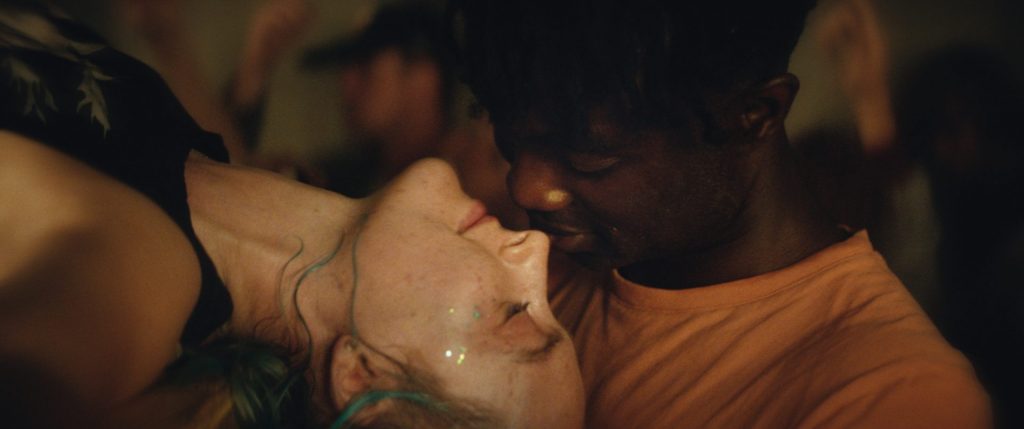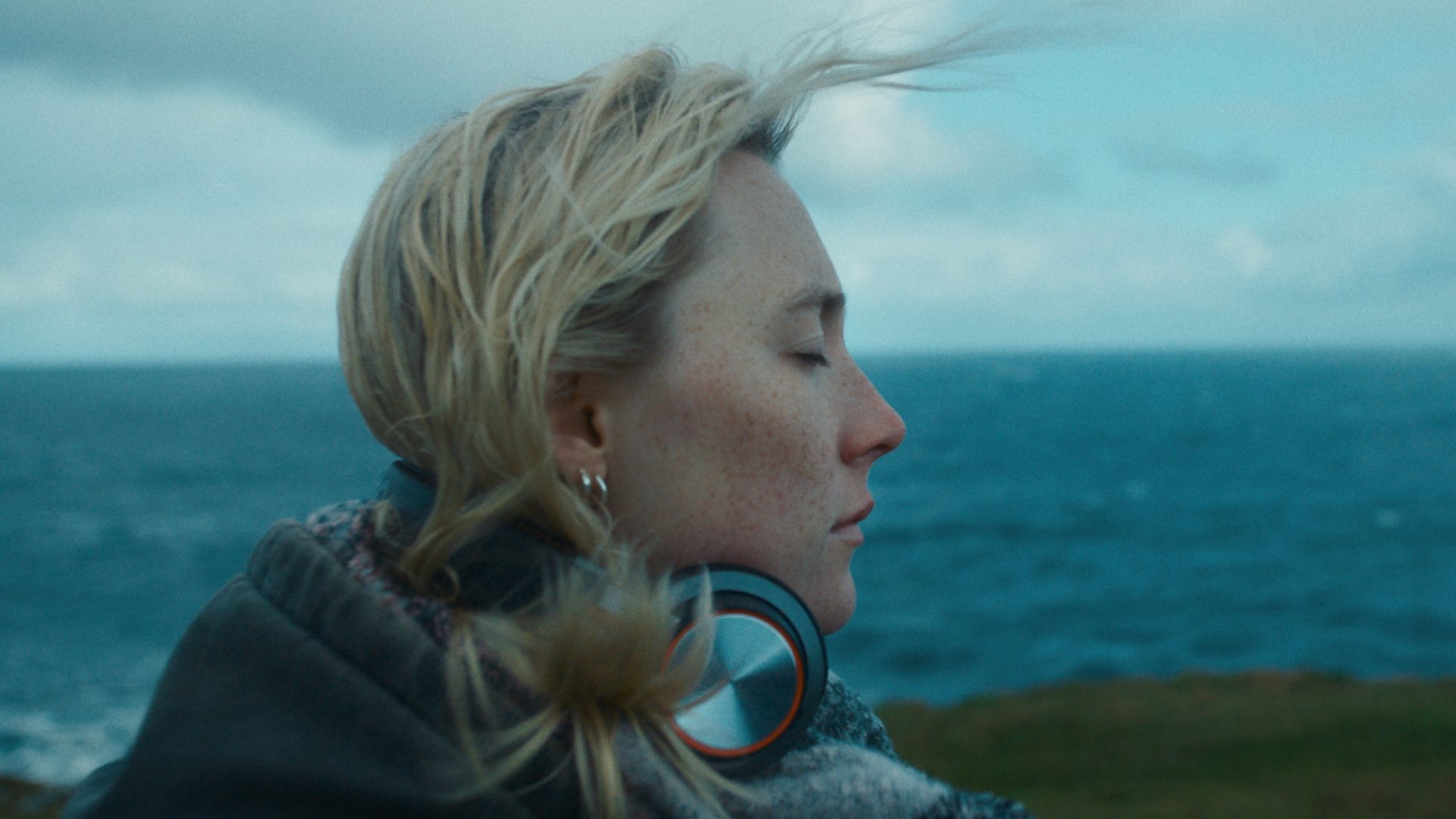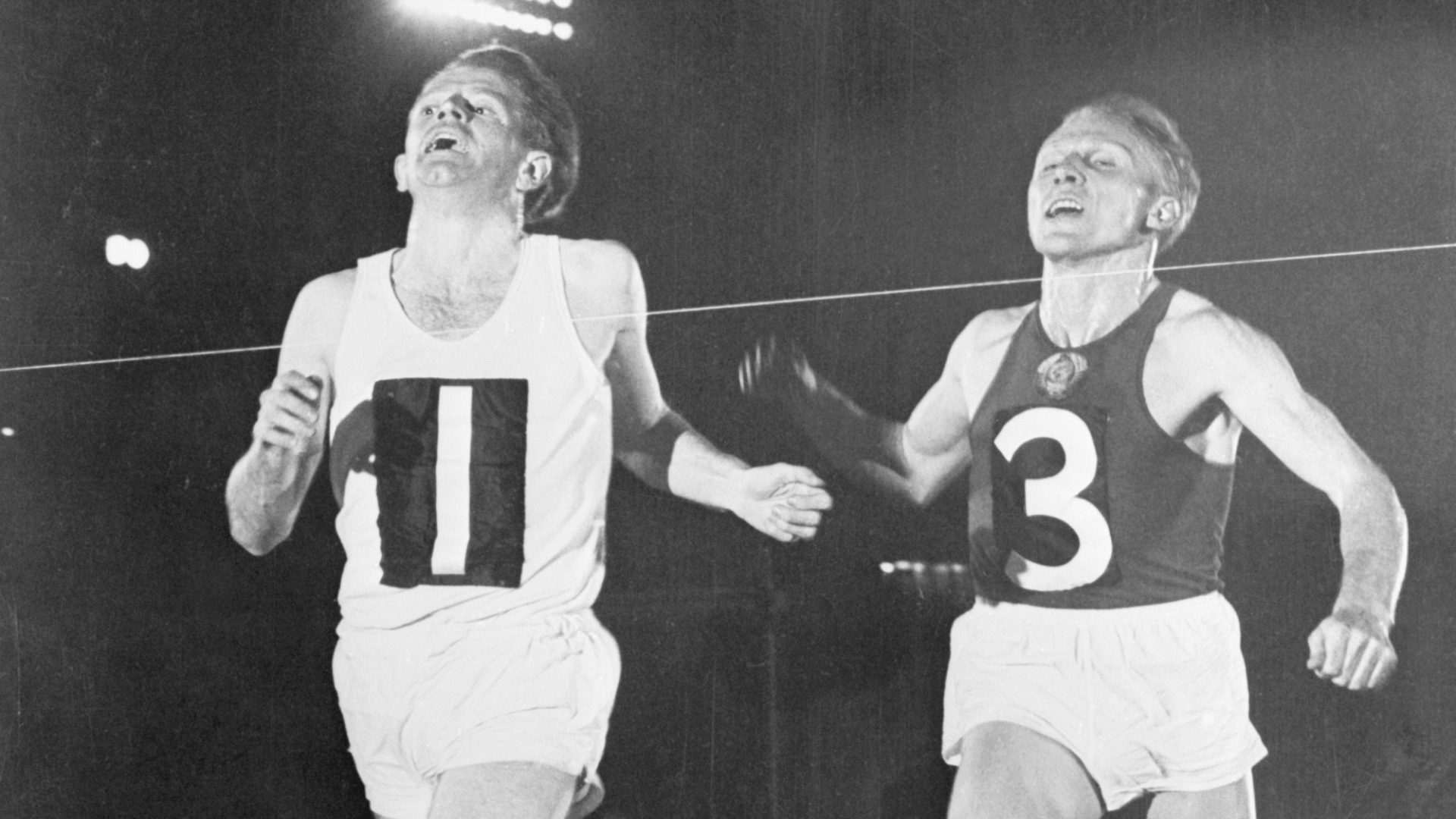I’m a Stranger Here Myself was a Kurt Weill tune, originally written for Marlene Dietrich in the musical One Touch of Venus when it premiered on Broadway in 1938. The phrase, taken from the title of Ogden Nash’s book, has come to signify a sense of dislocation and disorientation, and that sense that, no matter how familiar your surroundings, you never quite fit in.
The song’s refrain whirred around my mind watching The Outrun, starring a mercurial Saoirse Ronan as a recovering alcoholic, Rona, who returns to the windswept clifftops of her native Orkney after her London life has spiralled into drunken chaos. Despite being born on the islands, this young woman is a stranger there. Just as she has been in London, during her clubbing and drinking days.
“I guess I was suffering from a low-level homesickness that gnawed away at my soul,” admits Orkney-born author Amy Liptrot, upon whose award-winning novel (and life) the new film is based. “Homesickness is a real thing and probably many more people suffer from it than we imagine, or than will realise it themselves. I believe it was the root of my alcoholism.”
It makes some kind of sense, then, that the director of this film, set in Hackney and Orkney, is a German woman now resident in Berlin. Nora Fingscheidt’s 2019 film System Crasher, about a rebellious nine-year-old in care homes, brought her to international attention, and to that of the producers of The Outrun, and she now captures brilliantly the sounds and strangeness, the other-worldliness of the island’s locations – and dislocations.

“We were all strangers there, really,” she says. “When they approached me for the job, my first reaction was: why don’t you get a Scottish director? But it became clear that an outside eye is helpful because you notice things, and our main character was returning to a place and seeing it with new eyes. So I took advantage of being a stranger there. That’s the subject, really.”
Fingscheidt speaks superb English – she’s been living in LA for the last couple of years – but says she was still hopeless at hearing accents. “I listened to Radio Orkney and read books about the islands to prepare, but when you get there, it looks and sounds like nowhere on earth. It’s so elemental and unique that you have to feel the land and the wind and the light to even begin to understand it. I realised very quickly that I needed to capture that same surprise that I was experiencing and get that essence on camera.”
Much of the film takes place on the even more remote Orkney island of “Papay” (or Papa Westray), only four miles long and a mile wide, where Rona hides out the winter months as far from the temptation of drink as she can. Although, as she discovers, alcohol (and alcoholics) are never far out of reach.
It’s a performance of real depth from Saoirse Ronan, much of the action happening in her head and eyes, and you can feel the full-blooded commitment to the role. Fingscheidt says she just left her star to figure things out.
“Saoirse is Irish and married to a Scot (Slow Horses star Jack Lowden), so she would get the Orkney accent better than I could,” she says. “I had to trust her with that because it’s always very much part of her process, if she’s playing an American or a Scot, or using her own Irish accent. She uses voice and movement to arrive at the character.”
Here, she reveals that Ronan worked with award-winning choreographer Wayne McGregor to chart the physicality of her character in her various spaces. “There was a way to carry herself when happy drunk, a bit tipsy, messy drunk, totally out of it or crippled by hangover,” says Fingscheidt. “My work was to allow Saoirse that freedom but to capture it at the right moments. I didn’t even write much dialogue in the script because I wanted this voice she was finding to shine through.”
Comprised of 70 islands, Orkney is a proper European outpost. Obviously now part of Scotland, there were 500 years (875-1472) when it belonged to Norway, resulting in a rich mythology and folklore as well as Orcadian customs, costumes and dialect. The Outrun uses local people and local crew as much as possible, resulting in a freshness of interaction between Saoirse Ronan as a performer and some of the people she meets when the film becomes a sort of travelogue with its scenery and wildlife images, seals bobbing about and waves crashing into rocks.
Ronan’s character, Rona (the name is changed from the first-person narrator of Amy Liptrot’s book) delivers island facts and stories in voiceover, adding layers of character taken from the prize-winning book. Liptrot says that her connection to an Orkney childhood never really left her, even in her most drunken nights on the floors of Hackney. “We learned this stuff in school, the myths and legends, and as much as I tried to leave that life behind by moving to London, I now know that I couldn’t.
“There’s a well-known local story, for example, about the island of Hether Blether which only appears on misty days and which you can approach but never really reach, the closer you get the further it disappears into the fog and this became, for me, a metaphor for my drunkenness. I could never fully attain being drunk,” she says. “There was always one more drink, one more level of intoxication, one more, one more.”
Is sobriety the same, I ask? She pauses. “Not really. Sobriety is something you are in every day. You can’t attain it but it just ‘is’, rather than being fully achieved, or over with.”
Liptrot’s memoir, and this film (she co-wrote the screenplay through long conversations with Fingscheidt), do feel like difficult journeys that force her to confront her own worst times. I wonder how she copes with having to face them on screen and off, in interviews like this. Are they helping her or tempting her?
She fidgets a bit and I feel awkward for asking. “Well, I realised I did much better work sober than when I was pissed. I fell for that stuff about being drunk and great writing but it didn’t really work for me, you know?
“But yes there’s certainly something in me that likes risk and being on the edge, and these are things that are inherent in the landscape and daily existence on Orkney – you’re never far from the cliff edge. And writing a book, and making it into a film and presenting that to an audience, well, that’s all a risk, a precipitous journey, isn’t it?”
It’s a brave answer and strong one. Liptrot, who now lives mostly in Yorkshire, tells me she’s just returned from a six-month stay back on Papay, partly inspired by the film’s imminent arrival, partly by new research into a book she’s writing about seaweed, and partly by a wish to give her own young children part of the experience and geography that have so marked her.
“I have begun to see this not as a book or film about sobriety but as a story about going home,” she says. “I think we have a complex relationship with home. In Europe, so many of us move for work or for love and maybe that’s not the best idea.
“Certainly, the jolt for me in London was missing sunrises and sunsets. So I’d tried to get as far away from Orkney as I could, to leave that place behind, but if anyone teased me about it or said something derogatory, I’d be very defensive of it.
“In my deep drunkenness, in London clubs and bars, I would get people to do ceilidh dances. So the geographies of our childhood deeply affect our psyches and we seek to recreate them or reconnect with them in many different ways.”
The Outrun is a misty dream of a film. It has lived on in me since seeing it. I felt its atmosphere and weather, its sensory pulse, even while feeling it was running out of story, of drama. But I can’t shake it, or its bone-deep sense of yearning and place.
I shiver to recall Saoirse’s eyes and face, her darting looks conveying the fragility of her interior while facing the brutality of the winds on Papay or the storms of a night out in Dalston. It’s a film that, on the way home and for a few days after, makes you wonder about the people you meet here in London, or stare at on the tube, or metro, in any of our big cities, in Paris, or Berlin.
Is anybody really from here? I’m always shocked by how surprised people I meet at parties are when I tell them I am from here, from London. I mention it to Amy Liptrot and she immediately says: “Oh, that’s quite rare, to be an actual Londoner, isn’t it?” I guess it is.
So I wonder at all these dislocated people in Europe and the effects of homesickness on us, on yearning for home, or on confronting our relationship with home, parent, nature, nurture. What strange, restless energies must make up our cities, swirling around, all the people who aren’t at home here, who are strangers here themselves.
Which brings me back to Nora Fingscheidt, the director whose film very clearly yet very subtly conveys this yearning and restless spirit, using Liptrot’s writing, which is in turn channelled by the performance of Saoirse Ronan as its central force, a source of strength yet also so bruised and so damaged, so on the edge.
“I never want to make a film again that’s monocultural,” says the director. “This was the most European project at heart – with a Swiss Armenian cameraman (Yunus Roy Imer), German sound designers, but with English and Scottish locations and actors, an Irish star…
“So despite Brexit and everything else, these intercultural collaborations are so enriching and eye-opening and they expand your horizons, which was what this film was really about. And perhaps it came to be about that, as a result of its European nature and soul.”
The Outrun is released in UK cinemas on September 27




